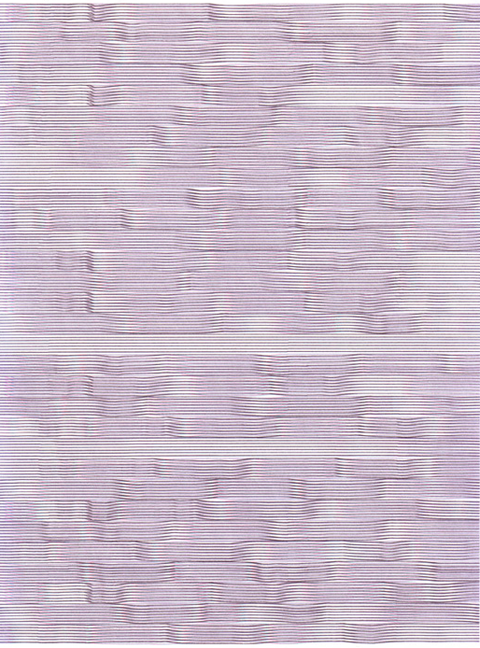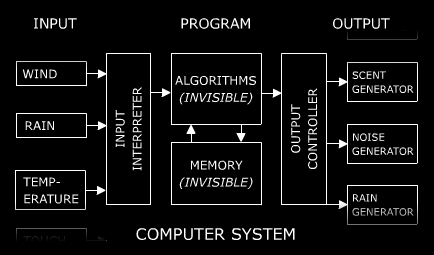Robotic Arts Intro Fall 2018 (IA277.01)
- Instructor: Lucas Haroldsen (lharoldsen@mica.edu)
- Class Site: yasunaga.work/raif18
- syllabus: syllabus.pdf
- Resources: links.html
09/14: Arduino is here --- [Connecting/Architecture/Digital IO]

Welcome back!
Today, we will go over together:
- makey makey
- Roomba observation
- to be a roomba
- What is arduino?
- Architecture (hardware) of arduino
- Overview of Arduino IDE (software)
- Basic coding structure
- What is a variable?
- Blinking LEDs with arduino
- Digital input and Digital output
- Conditional logic
- Using switches
- Using 2 or more digital outputs
- Using 2 or more switches
- Making a function
- trying out different examples
Important resource
- Arduino Language Reference Page
- Arduino Playground
- Arduino Foundations Extended guide for learning arduino
- Adafruit Arduino Lessons Well documented 17 parts tutorials
Reading: Medium by Malcom McCullough
"To begin, the fundamental difference between digital and traditional media is rooted in microstructure: bits versus atoms. Processes that move physical atoms around are precisely the irreversible aspect of traditional work. According to very fundamental laws of physics, operations such as cutting, bonding, and mixing are irreversible. Mix black paint into white, and you've got grey for the duration. Crack a fine piece of laboriously refined jade work, and you have lost not only time but also expensive material—a rare configuration of atoms.
By contrast, the microstructure of the computer medium is bits: a specified arrangement of symbols. The computer is made out of atoms, to be sure, but its logic employs symbols that quantize the physical charges they represent—it obtains stable bits. Because any physical deviations caused by atoms get rounded and corrected, these symbols built on bits do not degrade. In the microstructure of the digital medium, arrangements and values can always be reconstructed; their previous states can be stored and recalled; additional instances and versions can be replicated."
From Abstracting Craft: The Practiced Digital Hand by Malcolm McCullough
- What did you think?
Here is the text The Theory of Affordances by James J. Gibson
name arduinoItalian name arduino on first-names-meanings.com
How Computers Work: Information (binary)
Doug Engelbart's presentation at the Fall Joint Computer Conference in San Francisco, December 9, 1968 titled "A Research Center for Augmenting Human Intellect."

Printer Shake by Joe Winter
Céleste Boursier
Hackathon hosted by Johns Hopkins this weekend
HOMEWORK
Study
Continue and finish the study:
- Using two inputs
- Using two inputs two outputs
- Use AND or OR operation
- Make your own function for your led pattern
- document one of your study with Fritzing or images of drawing. Create a new file in your drive folder named "DigitalIO" and upload your code and the images.
